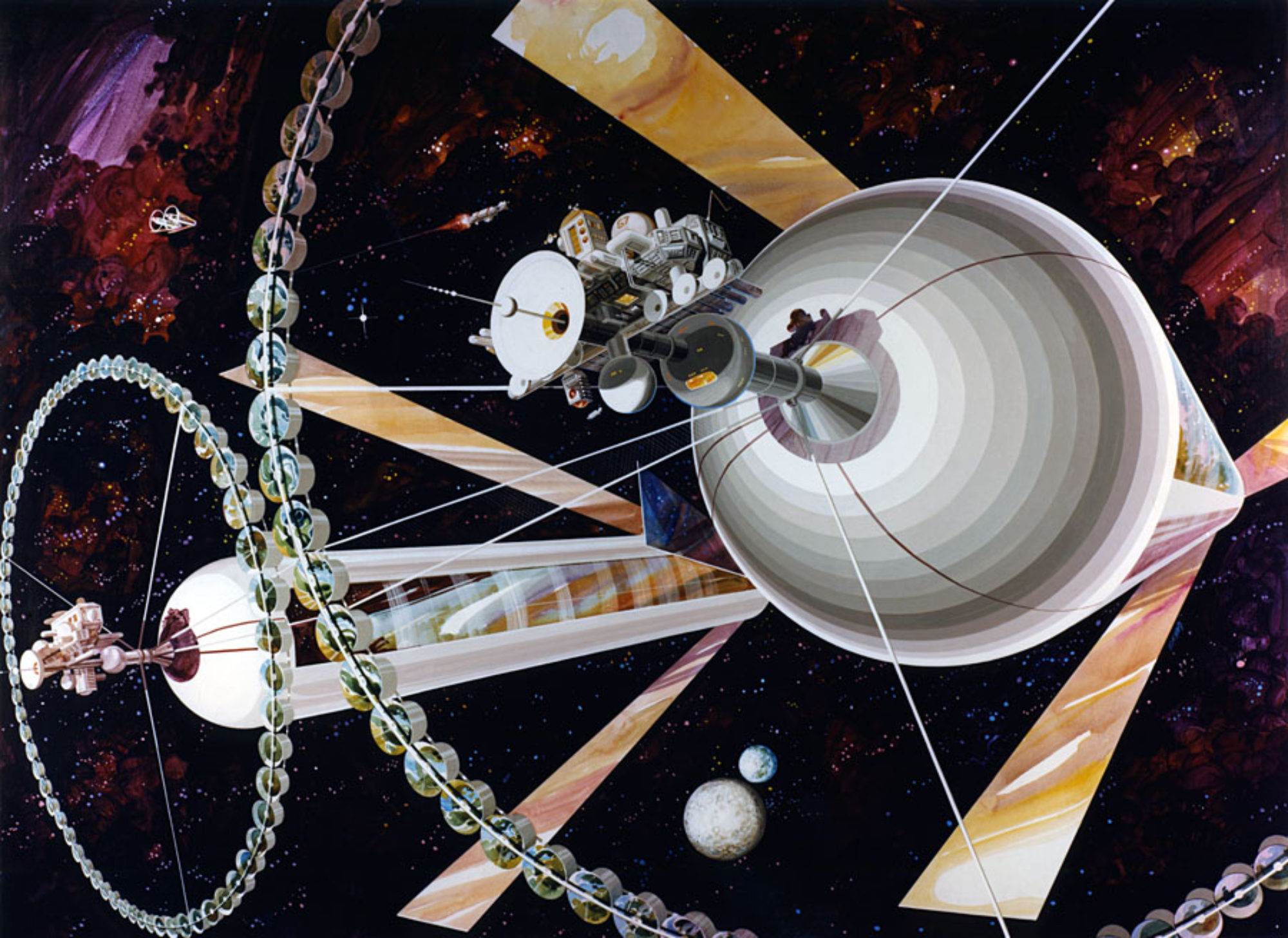
The editorial in the latest issue of New Space, coauthored by two of SSP’s favorite ISRU stars, Kevin Cannon and George Sowers, describes the dawning age of space resource utilization. Cannon, who guest edits this issue, and Sowers are joined by the rest of the leadership team of the graduate program in Space Resources at the The Colorado School of Mines: Program Director Angel Abbud-Madrid and professor Chris Dreyer. The program, created in 2017, has over 120 students currently enrolled. These are the scientists, engineers, economists, entrepreneurs and policymakers that will be leading the economic development of the high frontier, creating the companies and infrastructure for in situ resource utilization that will enable affordable and prosperous space settlement.
How can regolith on the Moon and Mars be refined into useful building materials? What are the methods for extracting water and oxygen from other worlds for life support systems and rocket fuel? Is it legal to do so? Will private property rights be granted through unilateral legislation? What will space settlers eat? The answers to all these questions and more are addressed in this issue, many of the articles free to access.
One of my favorite pieces, the source of this post’s featured image, is on the RedWater system for harvesting water on Mars. This technology, inspired by the proven Rodwell system in use for sourcing drinking water at the south pole, was developed by Honeybee Robotics, just acquired by Blue Origin earlier this year. End-to-end validation of the system under simulated Mars conditions demonstrated that water could be harvested from below an icy subsurface and pumped to a tank up on the surface.
We need to start thinking about these technologies now so that plans are ready for implementation once a reliable, affordable transportation system comes on line in the next few years led by companies such as SpaceX and others. Sowers has been working on thermal ice mining on cold worlds throughout the solar system for some time, predicting that water will be “the oil of space”. Cannon has been featured previously on SSP with his analytical tools related to lunar mining, the Pinwheel Magma Reactor for synthetic geology and plans for feeding millions of people on Mars.
